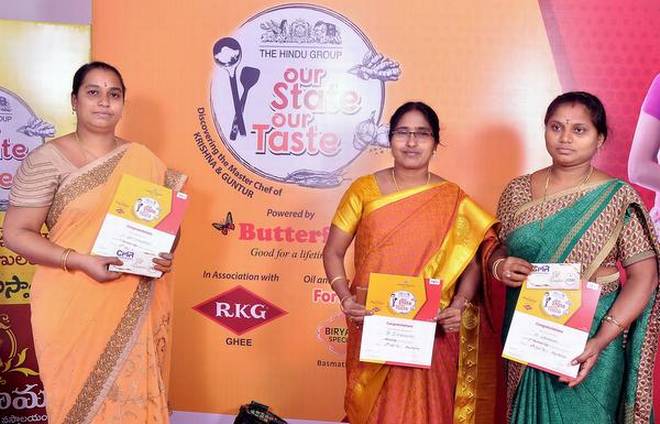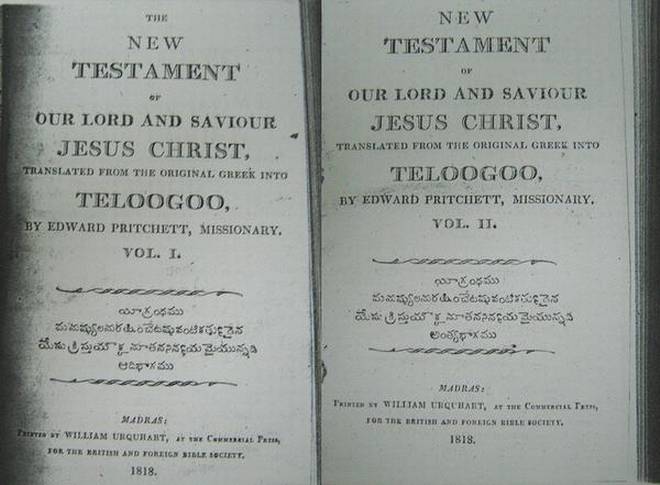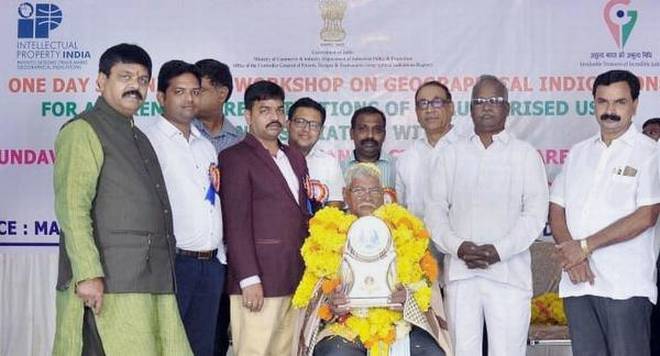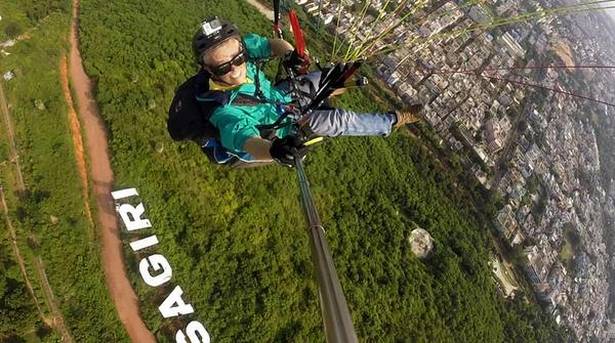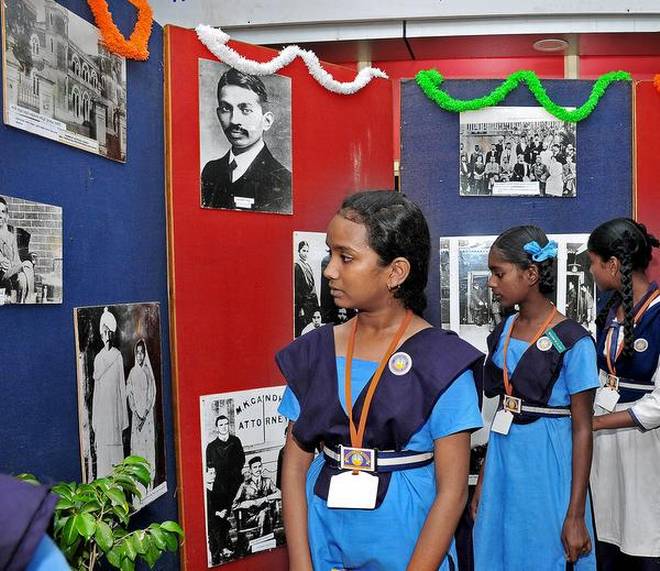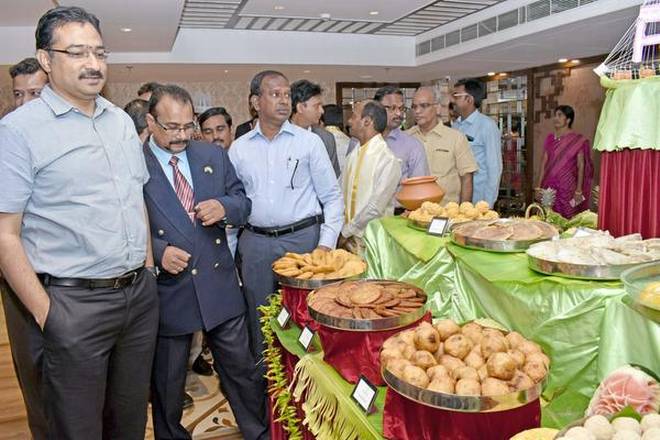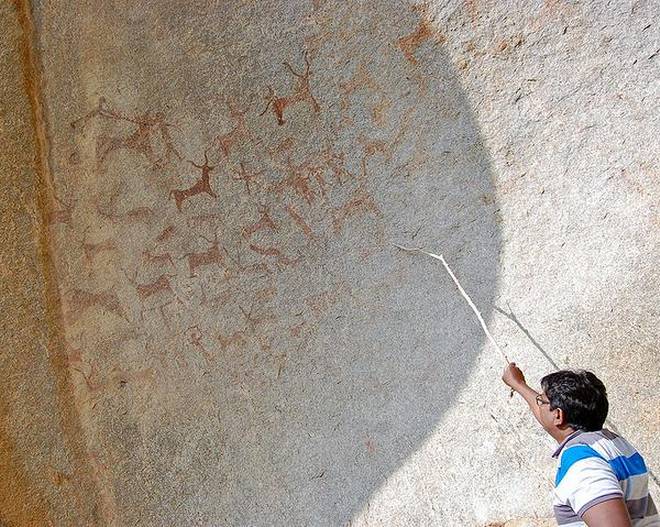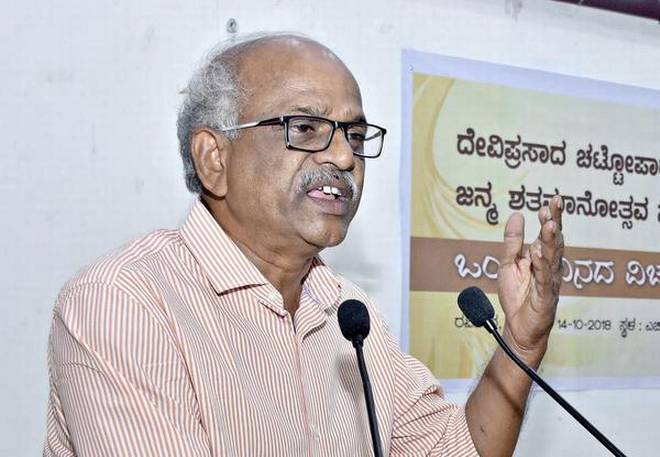
N. Anjaiah, Director of Centre of Scientific Socialism, Acharya Nagarjuna University, Guntur, Andhra Pradesh, on Sunday argued that the very idea of Hinduism as a religious faith was a colonial construction that the British floated as part of their bid to create and expand a common market for European capitalists in India. He said that though the word Hindu was found in many texts such as Kalhana’s Rajatarangini, it is nowhere referred to as a religion.
He was delivering the inaugural address at the 100th birth anniversary of Marxist philosopher Debiprasad Chattopadhyaya in the auditorium of Hyderabad Karnataka Chamber of Commerce and Industry here.
“Different religious groups such as Muslims are clearly defined. But the British defined all those people who were not following any other religions such as Islam, as Hindus. They began to list such people as Hindus in all official records, even right from the first Census of India held in 1872. The effort was clearly intended to project the majority of Indian population as Hindus, their land as Hindustan and their language Hindi and create and expand their market. So much so that even the Constitution too continued the colonial legacy of calling the majority of Indian population having diverse social, cultural and religious traditions, as Hindus. Now, we have reached a point where one who refuses to accept this colonial construction is termed as anti-national,” he said.
Referring to a survey report, he added that of the 85 % of Indian population that was labelled as Hindus, over 61 % follow family deities and over 31% follow clan deities and they have nothing to do with Brahminical Hinduism. He also pointed to the recent movement for religion status to Lingayat, to say that the original independent status of Lingayat that emerged in its fight against Brahminical Hinduism was obliterated during the British period.
Terming the way that the Indian cultural past was divided into three major parts — the Hindu India of ancient time, the middle-age of Muslim India and modern British India, as an oriental perspective, Mr. Anjaiah said that it was also a notion constructed by market-driven colonialism.
“It should be noted here that only the first two parts are made on the basis of religion and the third one was called as modern British India and not Christian India,” he observed.
He stressed on the need to revisit Debiprasad Chattopadhyaya’s works on the philosophical front with a critical outlook to make them more relevant today and use them as instruments to deconstruct colonial notions.
source: http://www.thehindu.com / The Hindu / Home> News> States> Karnataka / by Staff Reporter / Kalaburagi – October 15th, 2018

